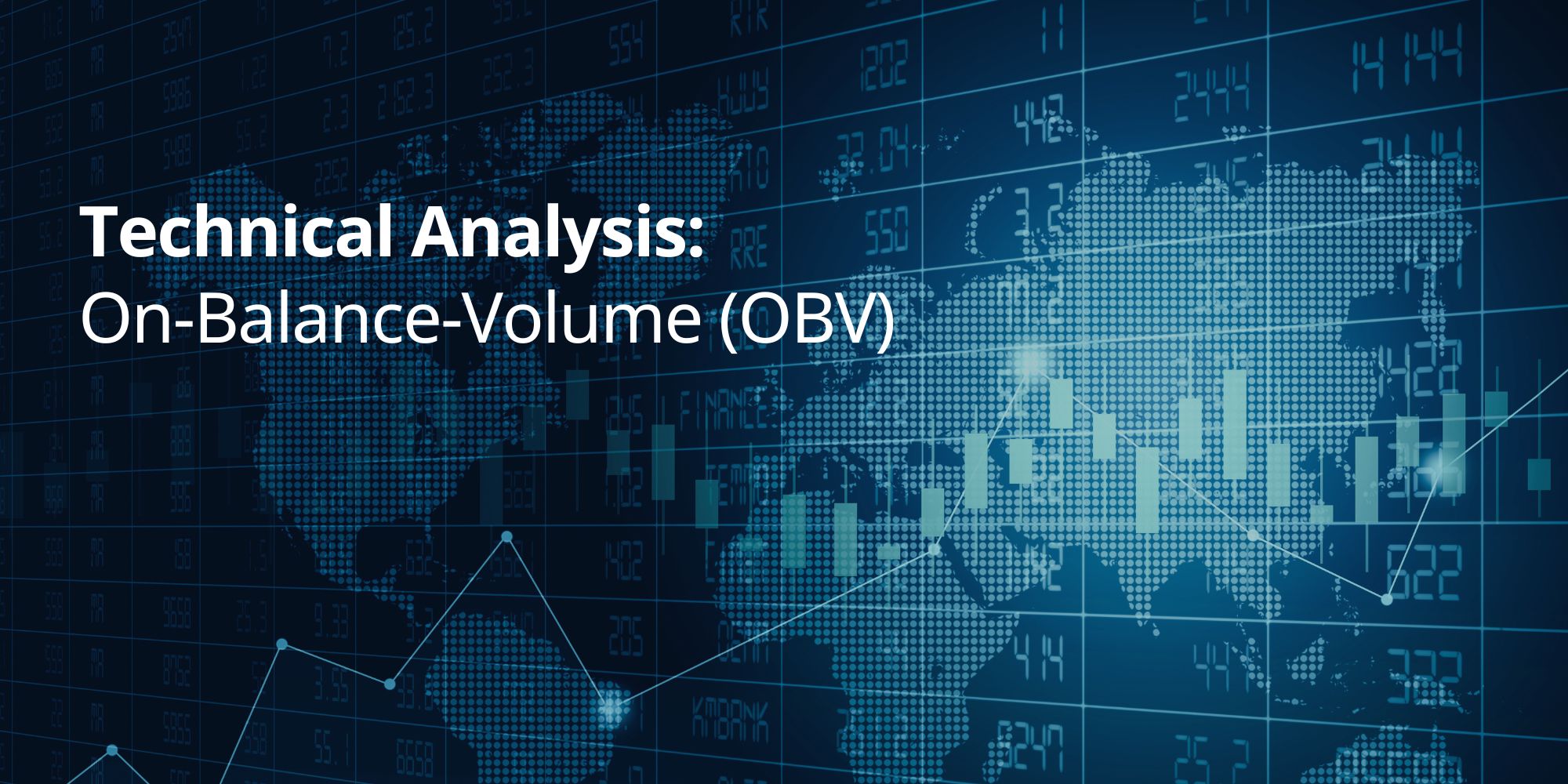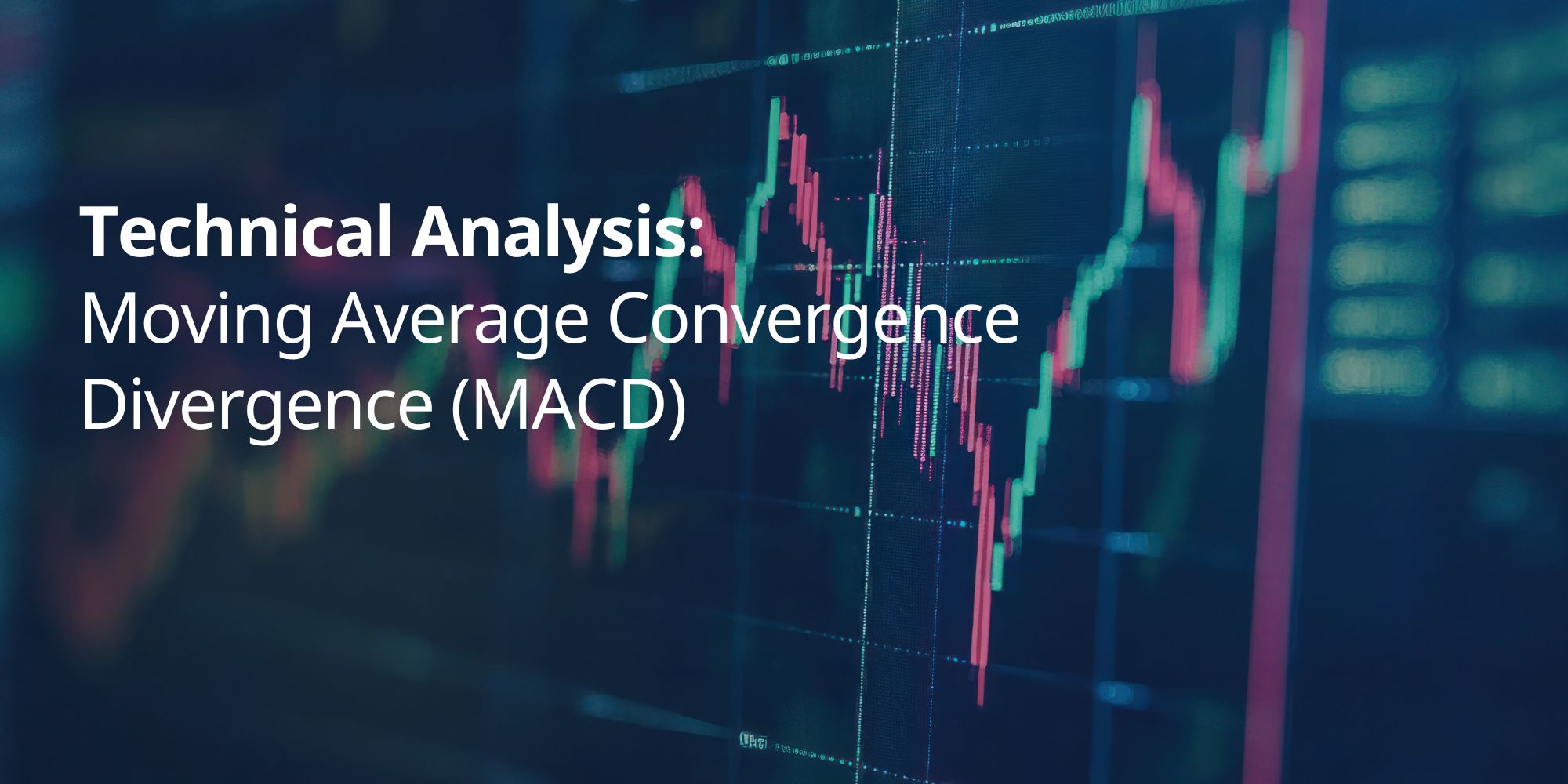Want to understand how volume influences price movements in the market? On-Balance Volume (OBV) is a valuable tool that can help. This volume-based indicator provides insights into buying and selling pressure, confirms trends, and can even help predict potential breakouts.
In this comprehensive guide, we’ll explore On-Balance Volume in detail, covering its definition, calculation, interpretation, and practical applications in trading. Learn how to use this powerful indicator to enhance your trading strategies and make more informed decisions in the financial markets.
What Is On-Balance-Volume?
On-Balance Volume (OBV) is a momentum indicator that uses volume flow to predict changes in stock price. It was developed by Joseph Granville and introduced in his 1963 book “Granville’s New Key to Stock Market Profits.”
Granville believed that volume precedes price. This means that changes in volume often occur before changes in price. OBV tracks volume flow to predict when major price moves might happen.
How OBV Works
OBV is a cumulative indicator that keeps a running total of volume. It adds the day’s volume to the running total when the price closes higher than the previous day’s close. It subtracts the day’s volume when the price closes lower.
This creates a line that goes up when volume is flowing into a stock (suggesting buying pressure) and goes down when volume is flowing out of a stock (suggesting selling pressure).
Why OBV is Important
OBV can help traders:
- Confirm Trends: A rising OBV line confirms an uptrend, while a falling OBV line confirms a downtrend.
- Predict Price Moves: Changes in the direction of the OBV line can sometimes precede changes in the price direction, providing potential early warning signals.
- Identify Accumulation and Distribution: A rising OBV line suggests accumulation (buying) of the stock, while a falling OBV line suggests distribution (selling).
What Is The Formula For On-Balance-Volume (OBV)?
On-Balance Volume (OBV) is a cumulative indicator that measures buying and selling pressure by adding or subtracting volume based on the direction of price changes. It’s a simple but powerful tool that can help traders identify trends and anticipate potential price movements.
The OBV calculation is based on the following rules:
- If today’s closing price is higher than yesterday’s closing price: Add today’s volume to the previous OBV value. This suggests that buyers are in control and accumulating the stock.
- If today’s closing price is lower than yesterday’s closing price: Subtract today’s volume from the previous OBV value. This suggests that sellers are in control and distributing the stock.
- If today’s closing price is equal to yesterday’s closing price: The OBV remains unchanged. There is no new information about buying or selling pressure.
Formula:
While there’s no single mathematical formula for OBV, the calculation can be represented as follows:
Current OBV = Previous OBV + (or -) Today’s Volume
Example:
Let’s say the OBV for a stock is currently 10,000.
- If the price closes higher today with a volume of 5,000 shares, the new OBV would be 15,000 (10,000 + 5,000).
- If the price closes lower tomorrow with a volume of 3,000 shares, the new OBV would be 12,000 (15,000 – 3,000).
Interpreting OBV
- Rising OBV: Suggests increasing buying pressure and a potential uptrend.
- Falling OBV: Suggests increasing selling pressure and a potential downtrend.
- Divergences with price: Can signal potential trend reversals.
Advantages of On-Balance Volume (OBV)
On-Balance Volume (OBV) is a popular indicator among traders due to its simplicity and versatility. Here are some of its key advantages:
- Easy to Understand: OBV is a straightforward indicator that’s easy to interpret. It simply tracks the cumulative volume based on the direction of price changes. A rising OBV line suggests buying pressure and a potential uptrend, while a falling OBV line suggests selling pressure and a potential downtrend.
- Leading Indicator: OBV is often considered a leading indicator, meaning it can signal potential price movements before they occur. This can give traders an edge in anticipating market trends and making timely trading decisions.
- Versatile Applications: OBV can be applied to various financial instruments, including stocks, indices, commodities, and cryptocurrencies. It’s a versatile tool that can be used in different trading strategies and across different timeframes.
- Confirmation of Trends: OBV can help confirm the strength of a trend. A rising OBV line in an uptrend confirms strong buying pressure, while a falling OBV line in a downtrend confirms strong selling pressure.
- Identification of Accumulation/Distribution: OBV can help identify accumulation (buying) and distribution (selling) patterns in a stock. A rising OBV line suggests that investors are accumulating the stock, while a falling OBV line suggests that they are distributing it.
Limitations of On-Balance Volume (OBV)
While On-Balance Volume (OBV) is a useful indicator, it’s important to be aware of its limitations:
- Ineffective in Sideways Markets: OBV is a momentum indicator that works best in trending markets. In sideways or choppy markets, where the price is not making clear higher highs or lower lows, the OBV can generate misleading signals.
- Focus on Volume Only: OBV solely considers volume data and doesn’t take into account the magnitude of price changes. This can sometimes lead to an overemphasis on volume and inaccurate signals, especially when there are sudden volume spikes or drops that are not accompanied by significant price movements.
- Potential for Misinterpretation: Interpreting OBV requires careful analysis and consideration of other market factors. Divergences between OBV and price action don’t always guarantee immediate market reversals. False signals can occur, leading to potential losses if traders rely solely on OBV for their decisions.
- Sensitivity to Short-Term Fluctuations: OBV can be sensitive to short-term volume fluctuations, which might not necessarily reflect a significant change in the underlying trend. This can lead to whipsaws or false signals if traders are not careful.
- Not a Standalone Indicator: OBV is most effective when used in conjunction with other technical indicators and price action analysis. Relying solely on OBV can lead to misinterpretations of market conditions and potentially unprofitable trades.
Mitigating the Limitations
To overcome these limitations, traders can:
- Combine with Other Indicators: Use OBV in conjunction with other technical indicators, such as moving averages, trend lines, or momentum oscillators, to confirm signals and filter out false signals.
- Consider Market Context: Always interpret OBV signals in the context of the overall market environment. Consider factors such as news events, economic data releases, and the broader market trend when making trading decisions.
- Practice Risk Management: Use appropriate risk management techniques, such as stop-loss orders and position sizing, to limit potential losses.
On-Balance Volume (OBV) vs. Other Volume Indicators
While there are many volume-based indicators used in technical analysis, On-Balance Volume (OBV) has some unique characteristics that differentiate it from others.
How OBV is Different
- Cumulative Calculation: OBV is a cumulative indicator, meaning it keeps a running total of volume over time. This differs from other volume oscillators that typically use formulas to calculate a value for each period.
- Simplicity: OBV is relatively simple to understand and interpret. A rising OBV line suggests buying pressure and a potential uptrend, while a falling OBV line suggests selling pressure and a potential downtrend.
- Focus on Price-Volume Relationship: OBV emphasizes the relationship between price and volume. It assumes that changes in volume often precede changes in price, making it a potential leading indicator.
- No Fixed Levels: Unlike some oscillators that have fixed overbought and oversold levels, OBV doesn’t have predefined thresholds. Traders need to interpret the trend and direction of the OBV line in relation to price action.
Comparing OBV to Other Indicators
Here’s how OBV compares to some other common volume indicators:
- Money Flow Index (MFI): MFI also combines price and volume data, but it uses a more complex formula that incorporates the typical price and money flow.
- Chaikin Money Flow (CMF): CMF is another indicator that combines price and volume, but it focuses on the accumulation/distribution line and uses a different calculation method than OBV.
- Volume Oscillator: The Volume Oscillator compares two moving averages of volume to identify changes in volume trends.
Conclusion
On-Balance Volume (OBV) is a valuable addition to any trader’s toolkit. By analyzing the cumulative volume based on price changes, OBV provides insights into buying and selling pressure, confirms trends, and can even help predict potential breakouts.
Plexytrade equips you with the resources you need to effectively incorporate OBV into your trading strategy. Our advanced trading platforms, educational materials, and market insights empower you to:
- Analyze OBV and interpret its signals.
- Identify accumulation and distribution patterns.
- Confirm trends and anticipate potential price movements.
- Combine OBV with other indicators for a comprehensive view of the market.
Ready to enhance your trading skills? Sign up with Plexytrade.com today and unlock the power of On-Balance Volume.















